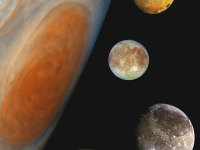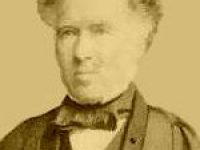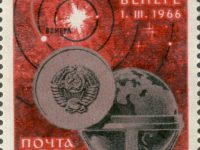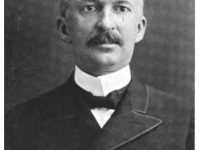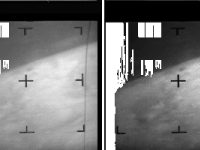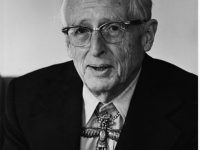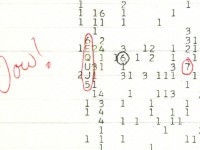The Discovery of the Four Galilean Moons
On January 7, 1610, physicist and astronomer Galileo Galilei turned his new telescope to the nocturnal sky to watch the planet Jupiter and discovered the eponymous four moons of Jupiter, Ganimede, Callisto, Io, and Europa although he is not able to distinguish the last two until the following day.[1,2] The Telescope Based only on uncertain descriptions of the first practical telescope which the Dutch lens maker Hans Lippershey [3] tried to patent in the Netherlands…
Read more

